Home>Garden Essentials>How Deep Should You Plant Sunflower Seeds
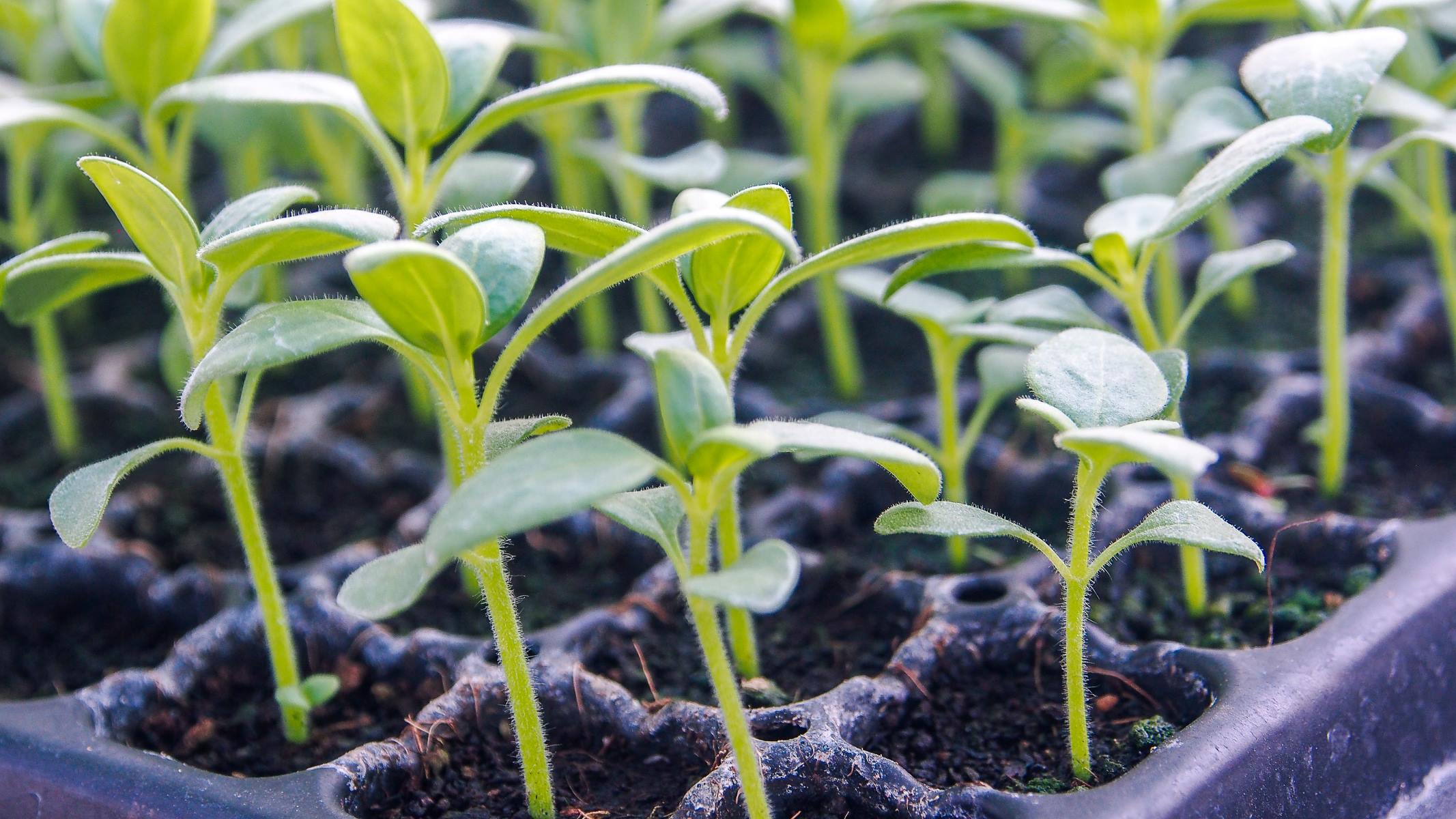

Garden Essentials
How Deep Should You Plant Sunflower Seeds
Modified: March 16, 2024
Discover the best planting depth for sunflower seeds in your garden. Maximize growth and yield with our expert tips and advice.
(Many of the links in this article redirect to a specific reviewed product. Your purchase of these products through affiliate links helps to generate commission for Storables.com, at no extra cost. Learn more)
Introduction
Welcome to the wonderful world of gardening! If you’re here, it’s likely that you have decided to embark on the exciting journey of growing sunflowers. These vibrant and majestic flowers can bring beauty and joy to any garden. However, a crucial aspect of successfully growing sunflowers lies in understanding the correct planting depth for their seeds.
The planting depth of sunflower seeds is a key factor that can significantly impact their growth and development. Too shallow, and the seeds may dry out or become susceptible to damage. Too deep, and the seeds may struggle to germinate and reach the surface.
In this article, we will explore the factors that affect sunflower seed planting depth, discuss the ideal depth for planting, and provide valuable tips on how to determine the perfect depth for your sunflower seeds. Let’s dive in!
Key Takeaways:
- Plant sunflower seeds 1 to 2 inches deep, considering seed size, soil moisture, climate, and competition for optimal growth.
- Avoid common mistakes like planting seeds too shallow or too deep, and adjust planting depth based on specific garden conditions.
Read more: When Should Sunflower Seeds Be Planted
Factors Affecting Sunflower Seed Planting Depth
When it comes to sunflower seed planting depth, several factors come into play. Understanding these factors can help you make informed decisions and optimize your sunflower growing experience. Let’s take a closer look at the key factors that affect sunflower seed planting depth:
- Seed Size: The size of the sunflower seeds plays a role in determining the planting depth. Larger seeds tend to require more depth to ensure proper moisture retention and anchoring, whereas smaller seeds may not need to be planted as deep.
- Soil Type and Moisture: Different soil types can impact how deep sunflower seeds should be planted. Sandy soils drain quickly and may require deeper planting to ensure moisture reaches the seeds. Clay soils retain more moisture and can impede seed germination if planted too deep. It’s important to understand your soil type and adjust the planting depth accordingly.
- Climate and Temperature: The climate and temperature of your location also influence planting depth. In cooler regions, planting sunflower seeds deeper can help protect them from frost. Conversely, in warmer climates, planting seeds slightly shallower can promote quicker germination and growth.
- Seed Quality: The quality of the sunflower seeds you are using can impact planting depth. Fresh, high-quality seeds with a high germination rate can generally be planted slightly shallower, whereas older or lower-quality seeds may require deeper planting to increase their chances of successful germination.
- Competition and Sunlight: Consider the surrounding vegetation and the amount of sunlight your sunflowers will receive. If there is dense competition from other plants or limited sunlight, planting sunflower seeds slightly deeper can help them establish a strong root system and compete for nutrients and sunlight.
By understanding these factors, you can fine-tune the planting depth to suit the specific conditions of your garden and maximize the chances of success for your sunflowers.
Ideal Planting Depth for Sunflower Seeds
Now that we’ve explored the factors that influence sunflower seed planting depth, let’s discuss the ideal depth for planting sunflower seeds. While the exact depth may vary depending on various factors, a general guideline for planting sunflower seeds is to aim for a depth of about 1 to 2 inches (2.5 to 5 cm).
Planting sunflower seeds at this depth provides several advantages. Firstly, it allows the seeds to be adequately covered with soil, which helps retain moisture and protect them from drying out. Secondly, planting at this depth provides enough soil coverage to ensure proper anchoring of the emerging seedlings.
It’s important to note that the planting depth also depends on the size of the sunflower seeds. Larger seeds may require slightly deeper planting, while smaller seeds can be planted slightly shallower. Adjust the depth accordingly, keeping in mind the factors mentioned earlier.
While the general guideline of 1 to 2 inches is a good starting point, it’s always beneficial to consider the specific conditions in your garden. Factors such as soil type, climate, and competition from other plants can influence the planting depth. Observing your garden and experimenting with different depths can help you determine the ideal planting depth for your sunflower seeds.
Remember, sunflowers have a natural ability to adjust their growth and adapt to different conditions. By providing the right planting depth, you can give your sunflowers the best chance to thrive and reach their full potential.
Plant sunflower seeds 1-2 inches deep in loose, well-drained soil. Water the soil after planting and keep it consistently moist until the seeds germinate.
How to Determine the Right Planting Depth
Determining the right planting depth for your sunflower seeds is crucial for their successful germination and growth. While there are general guidelines, finding the optimal depth for your specific garden conditions requires some observation and experimentation. Here are some steps to help you determine the right planting depth:
- Consider the Seed Size: Take into account the size of the sunflower seeds you are planting. Larger seeds usually require deeper planting, while smaller seeds can be planted slightly shallower. Use this as a starting point for determining the optimal depth.
- Observe the Soil Moisture: Check the moisture level of your soil. If the soil is dry or drains quickly, consider planting the seeds slightly deeper to ensure proper moisture retention. Conversely, if the soil is consistently moist or tends to hold water, you may opt for a slightly shallower planting depth to prevent waterlogged conditions.
- Consider the Climate and Temperature: Take into account the climate and temperature of your region. In colder areas, planting seeds slightly deeper can provide protection from frost. In warmer regions, planting slightly shallower can encourage faster germination and growth.
- Be Mindful of Competition and Sunlight: Assess the competition from other plants and the amount of sunlight your sunflowers will receive. If there is significant competition or limited light availability, consider planting the seeds slightly deeper to help the emerging seedlings establish a strong root system and better compete for resources.
- Experiment and Observe: Gardening is a continuous learning process, and finding the right planting depth may require some experimentation. Plant a few sunflower seeds at different depths and observe their growth over time. Take note of how deep-seated roots develop, the rate of germination, and overall plant health. This hands-on approach will help you determine the optimal planting depth for future plantings.
Remember to document your observations and adjust the planting depth accordingly. With time and experience, you will become more confident in determining the ideal planting depth for your sunflower seeds.
Common Mistakes with Sunflower Seed Planting Depth
When it comes to planting sunflower seeds, there are certain common mistakes that gardeners often make in regards to planting depth. Avoiding these mistakes can greatly improve the success of your sunflower growth. Let’s take a look at some of the most common mistakes:
- Planting Seeds Too Shallow: One of the most frequent mistakes is planting sunflower seeds too shallow. If the seeds are not planted deep enough, they can dry out quickly or become vulnerable to damage from pests and birds. It’s important to follow the recommended planting depth guidelines to ensure proper moisture retention and protection for the seeds.
- Planting Seeds Too Deep: Conversely, planting sunflower seeds too deep can hinder germination. If the seeds are buried too far beneath the soil, they may struggle to reach the surface, resulting in poor or delayed germination. Be mindful of the recommended planting depth and avoid excessive burying of seeds.
- Not Adjusting for Seed Size: Sunflower seeds come in various sizes, and it is important to adjust the planting depth accordingly. Larger seeds require deeper planting to ensure proper anchoring and moisture retention, while smaller seeds may not need to be planted as deep. Failure to adjust for seed size can impact the overall growth and development of the sunflowers.
- Ignoring Soil Type and Moisture: The soil type and moisture content play a vital role in determining the planting depth for sunflower seeds. Ignoring these factors can lead to suboptimal conditions for germination and growth. Understand your soil type and moisture levels, and adapt the planting depth to ensure adequate moisture retention and proper drainage.
- Disregarding Climate and Temperature: The climate and temperature of your region also influence the planting depth for sunflower seeds. Not taking these factors into consideration can lead to poor plant performance. In colder climates, planting seeds too shallow can expose them to frost, while planting seeds too deep in warmer regions may hinder quick germination.
- Lack of Observation and Adaptation: Every garden and growing environment is unique, so it’s crucial to observe and adapt to your specific conditions. Failure to observe and make adjustments based on the performance of your sunflowers can lead to ongoing planting depth issues. Regularly monitor the growth and health of your sunflowers and make necessary changes to planting depth for future plantings.
By avoiding these common mistakes and being attentive to the needs of your sunflower seeds, you can improve the overall success of your planting endeavors.
Read more: How Deep Should Seeds Be Planted
Conclusion
Proper planting depth is a critical aspect of successfully growing sunflowers. By understanding the various factors that influence the planting depth and taking them into consideration, you can optimize the conditions for germination and growth. Remember to adjust the planting depth based on seed size, soil type and moisture, climate and temperature, competition, and sunlight.
Experimentation and observation are key in determining the ideal planting depth for your specific garden. Take the time to plant sunflower seeds at different depths and closely monitor their growth. By documenting your results and making adjustments, you will become more confident in finding the optimal planting depth for future plantings.
Avoid the common mistakes of planting seeds too shallow or too deep, disregarding the impact of soil type and moisture, neglecting the influence of climate and temperature, and failing to adapt to your garden’s unique conditions. By avoiding these mistakes and being attentive to the needs of your sunflowers, you can set them up for success.
Remember, growing sunflowers is not just about the end result of beautiful blooms but also about the journey of nurturing and caring for these magnificent plants. Enjoy the process, learn from your experiences, and embrace the joy that comes from seeing your sunflowers thrive.
With the knowledge shared in this article, you are now equipped to make informed decisions regarding the planting depth of sunflower seeds. So get your hands dirty, embrace the adventure, and witness the beauty of sunflowers as they grow tall and bright in your own garden.
Frequently Asked Questions about How Deep Should You Plant Sunflower Seeds
Was this page helpful?
At Storables.com, we guarantee accurate and reliable information. Our content, validated by Expert Board Contributors, is crafted following stringent Editorial Policies. We're committed to providing you with well-researched, expert-backed insights for all your informational needs.
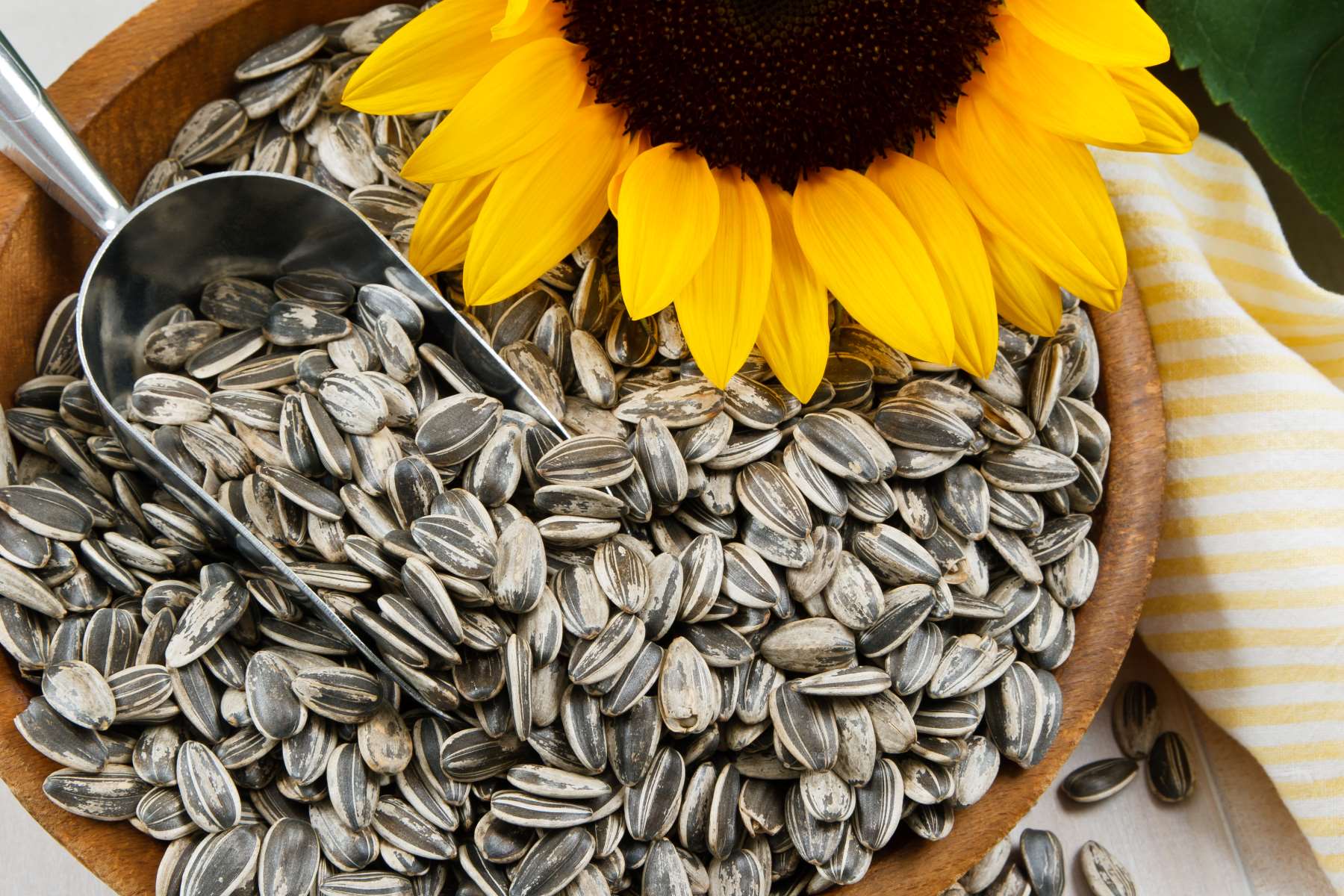
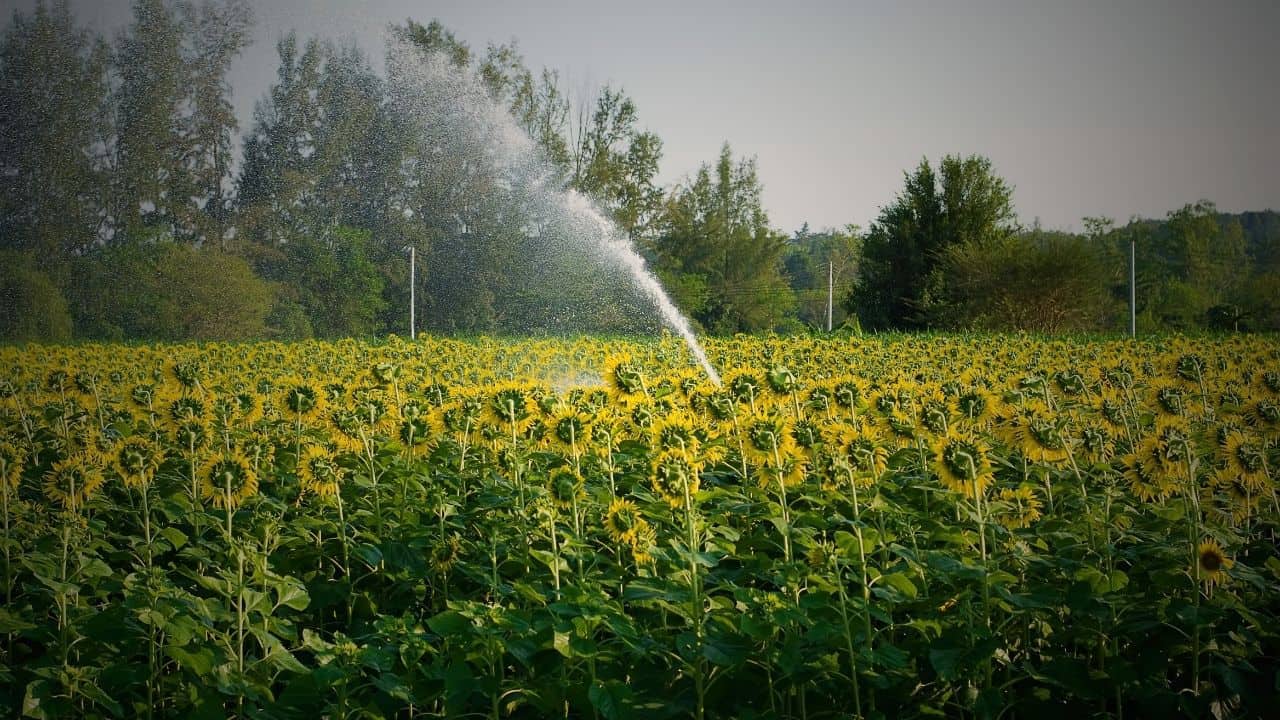
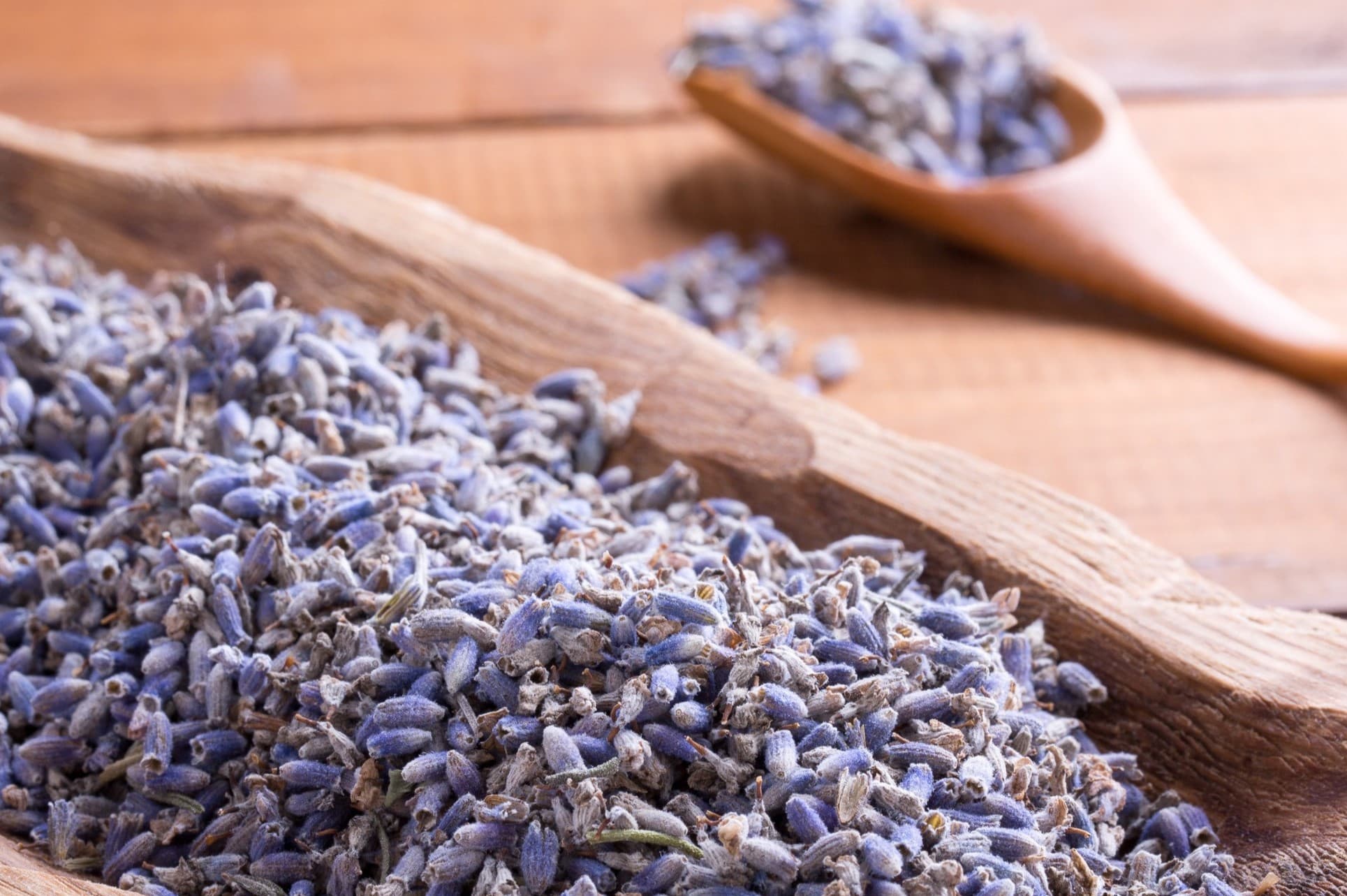
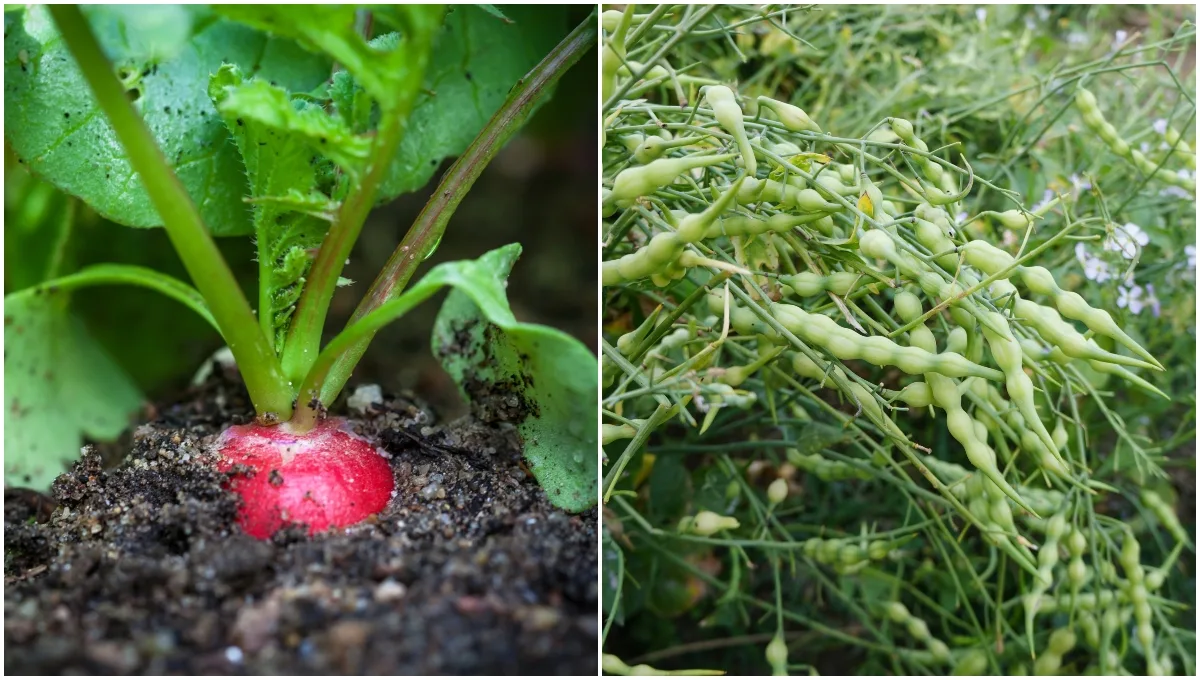

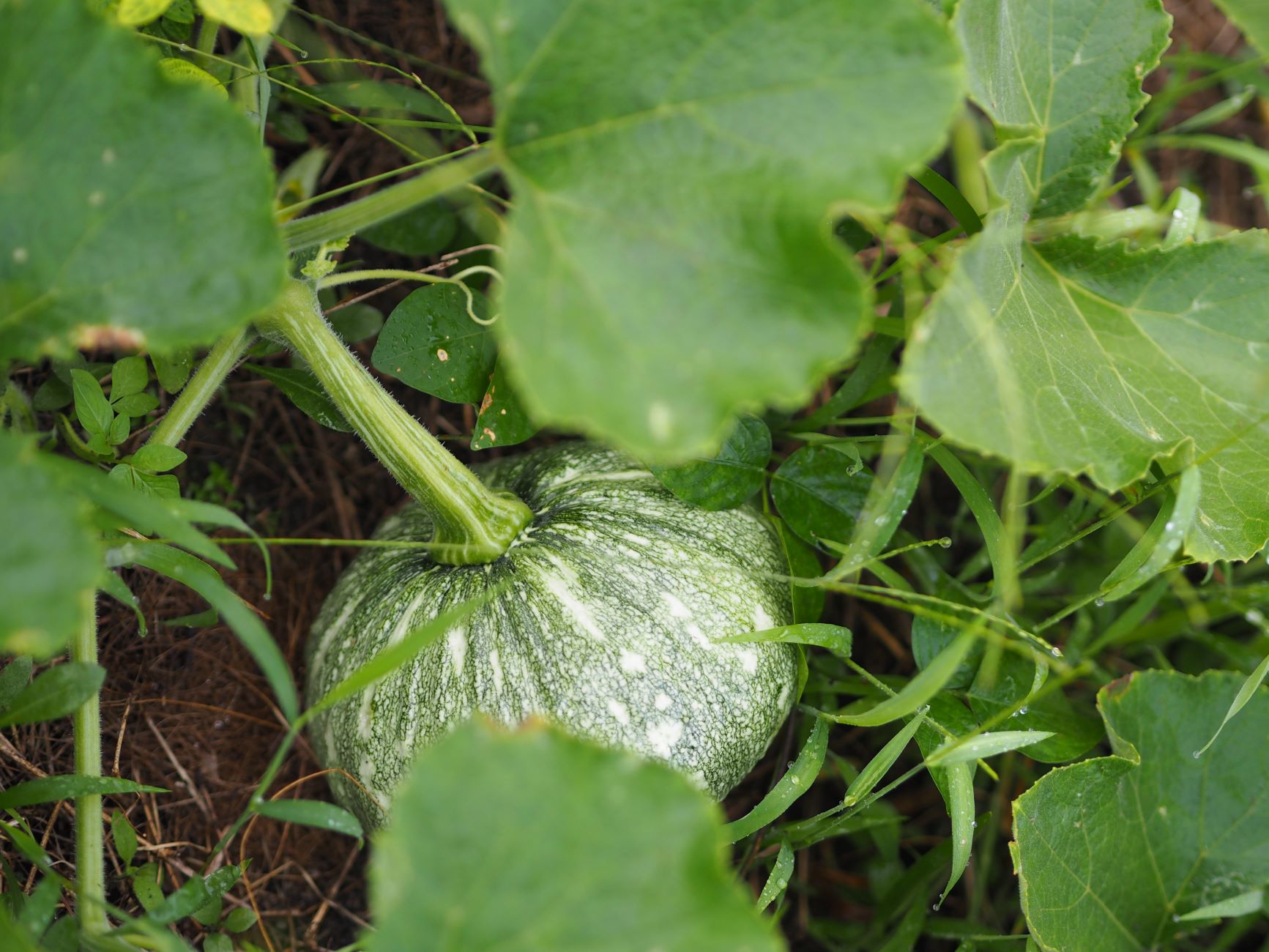
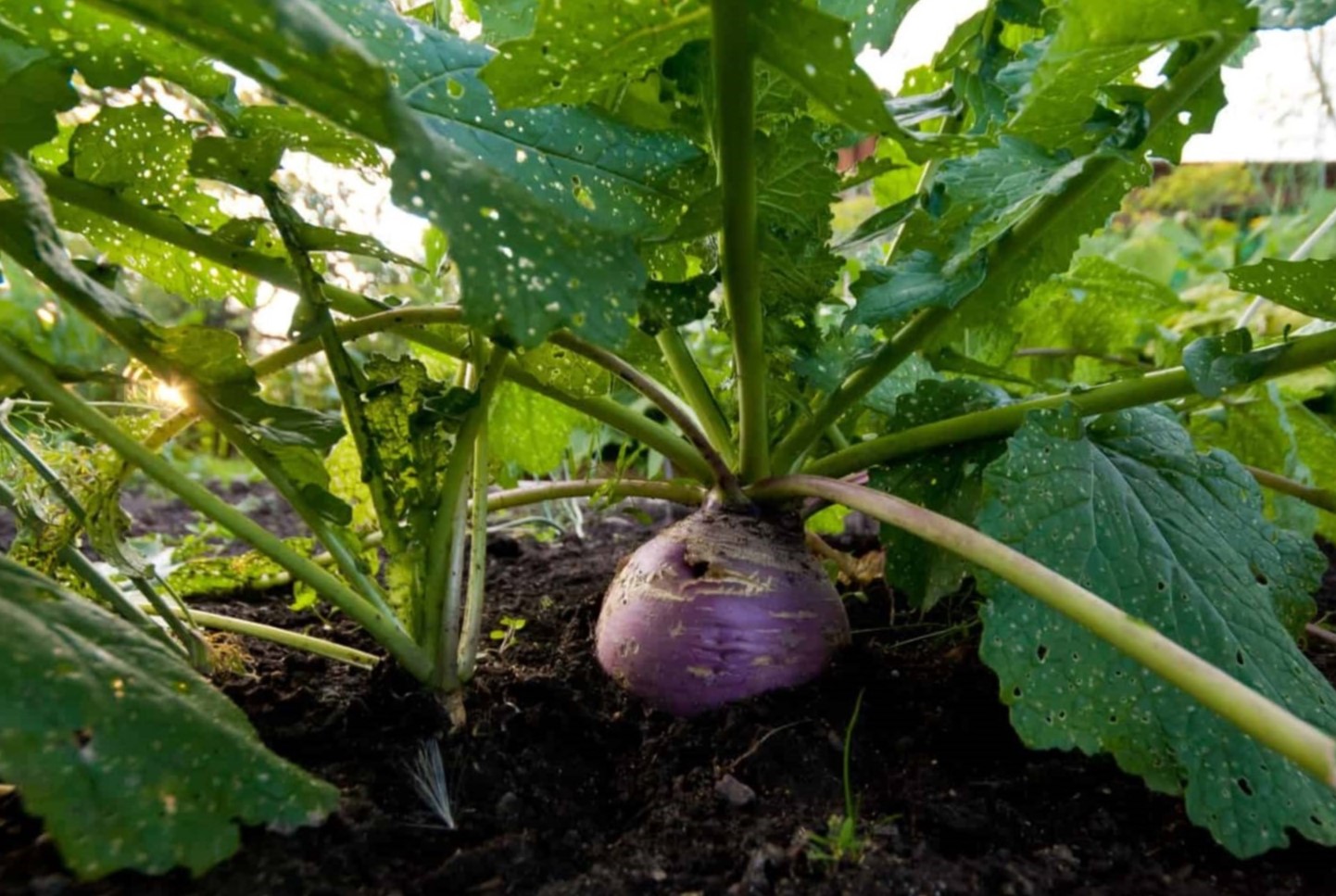
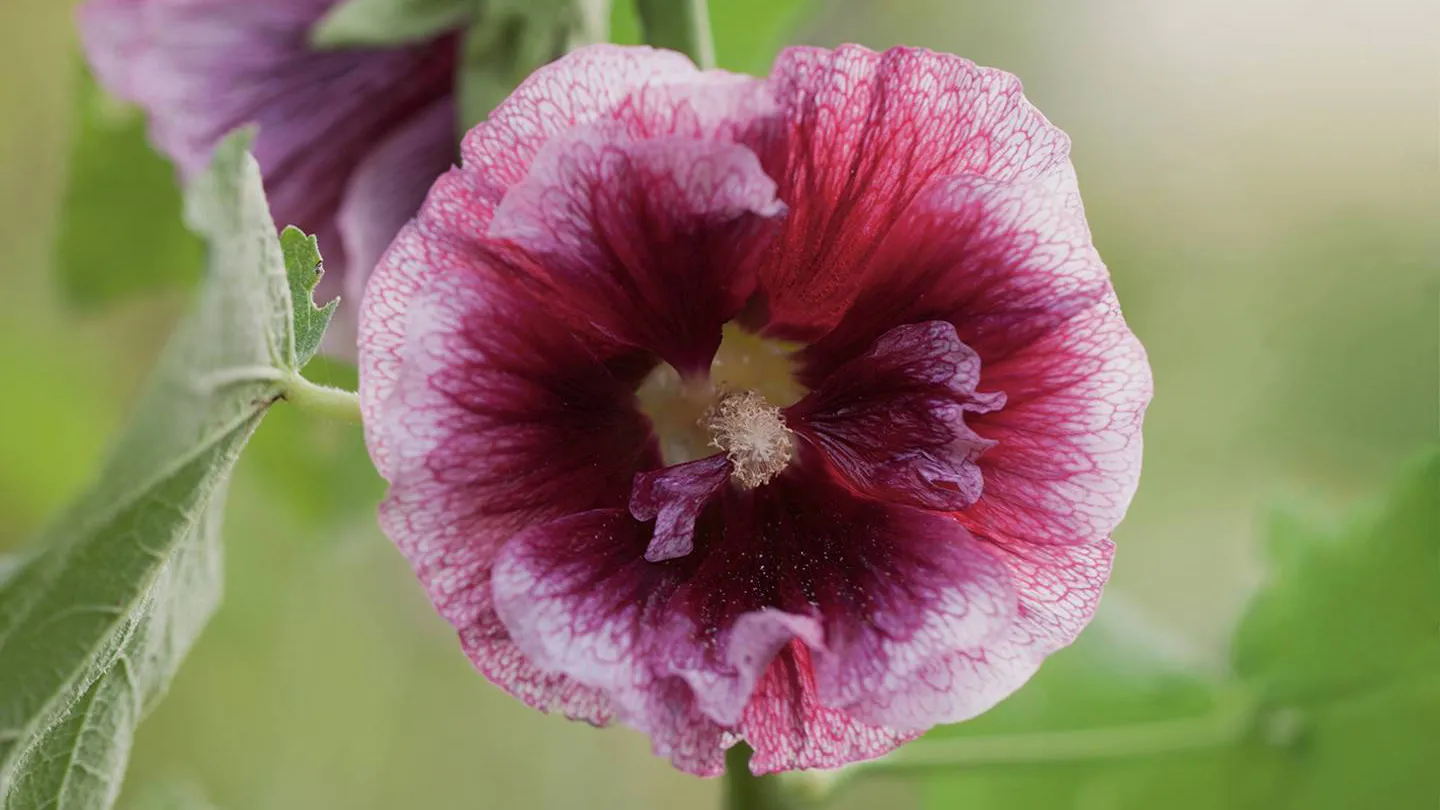
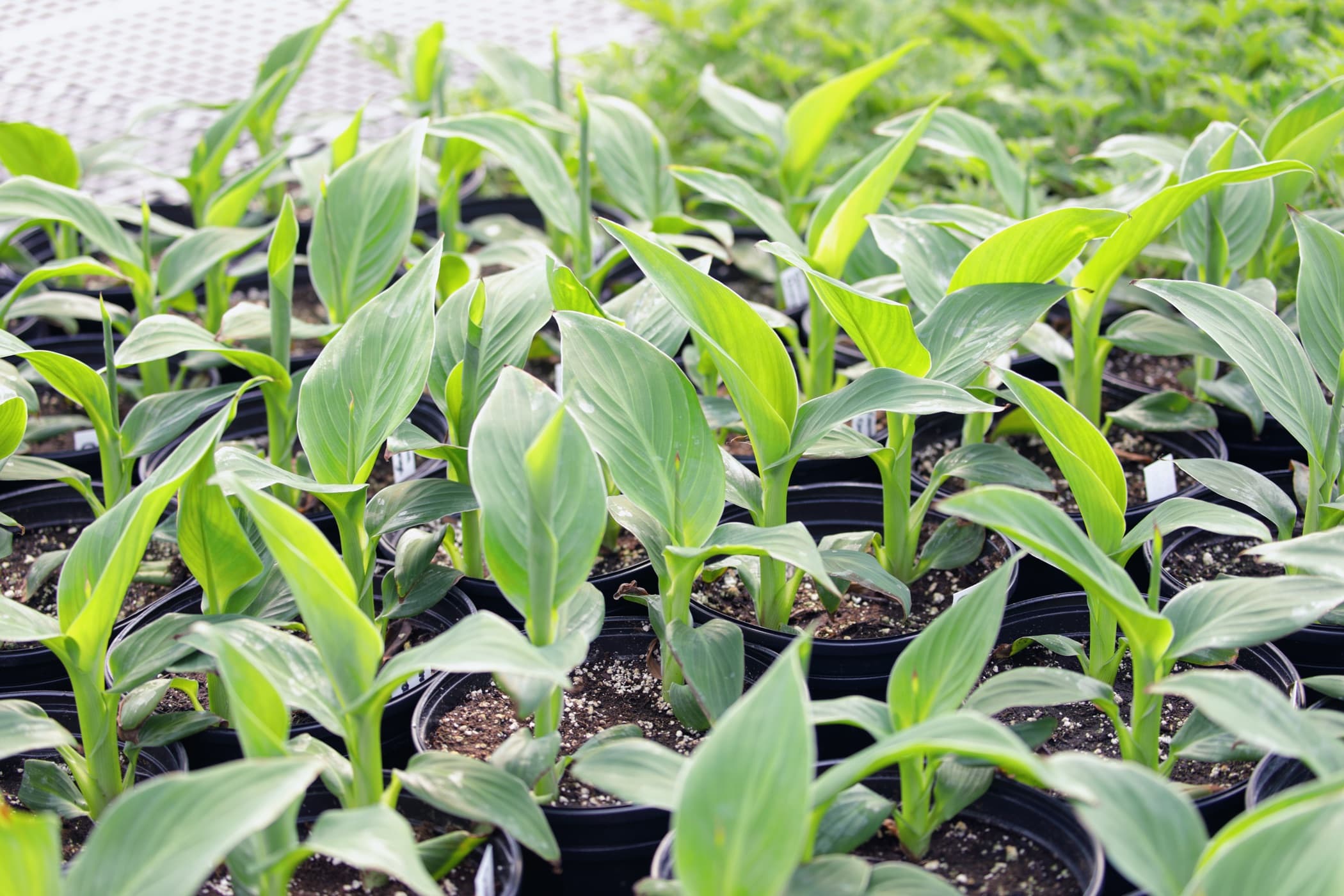
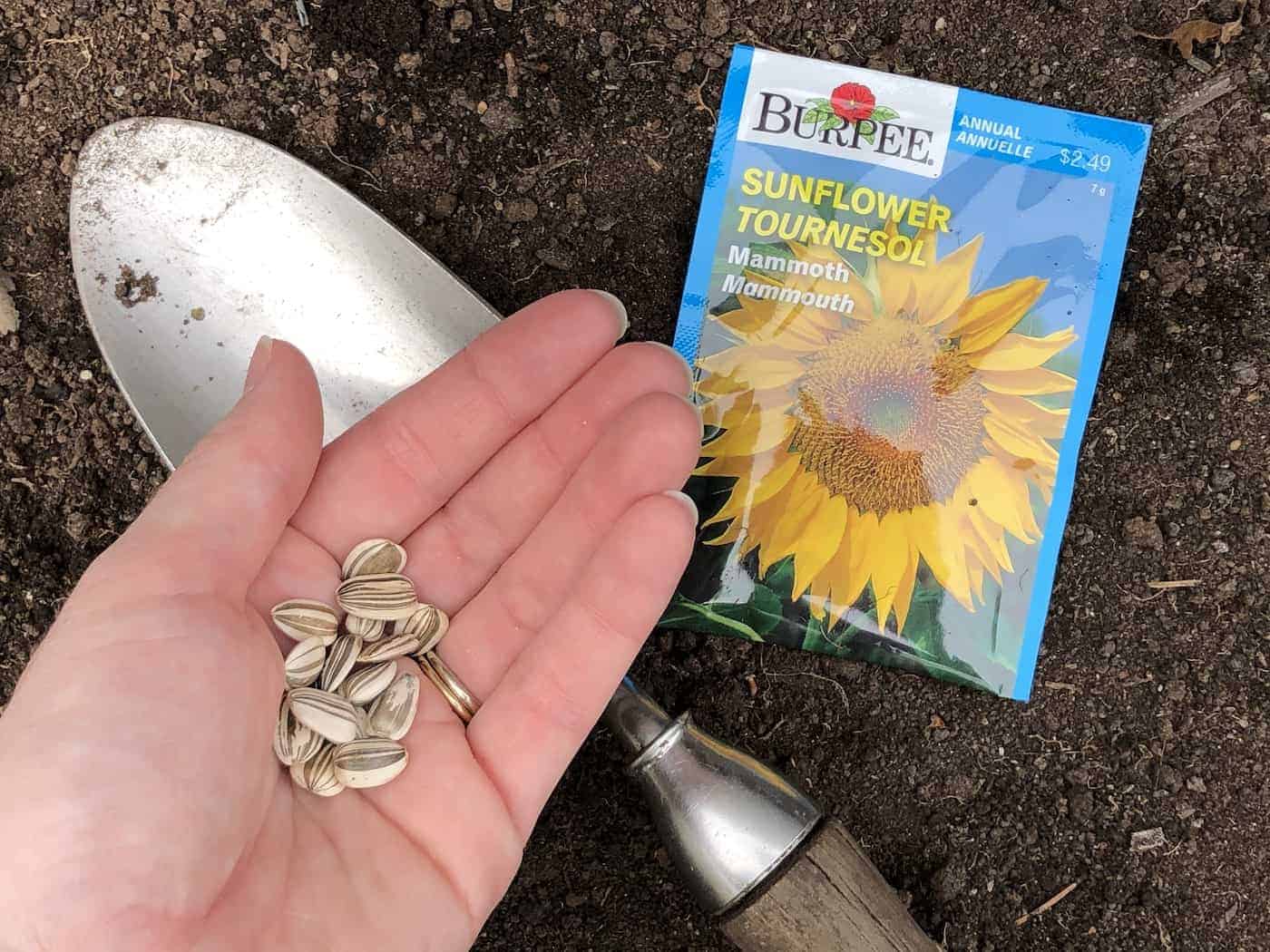
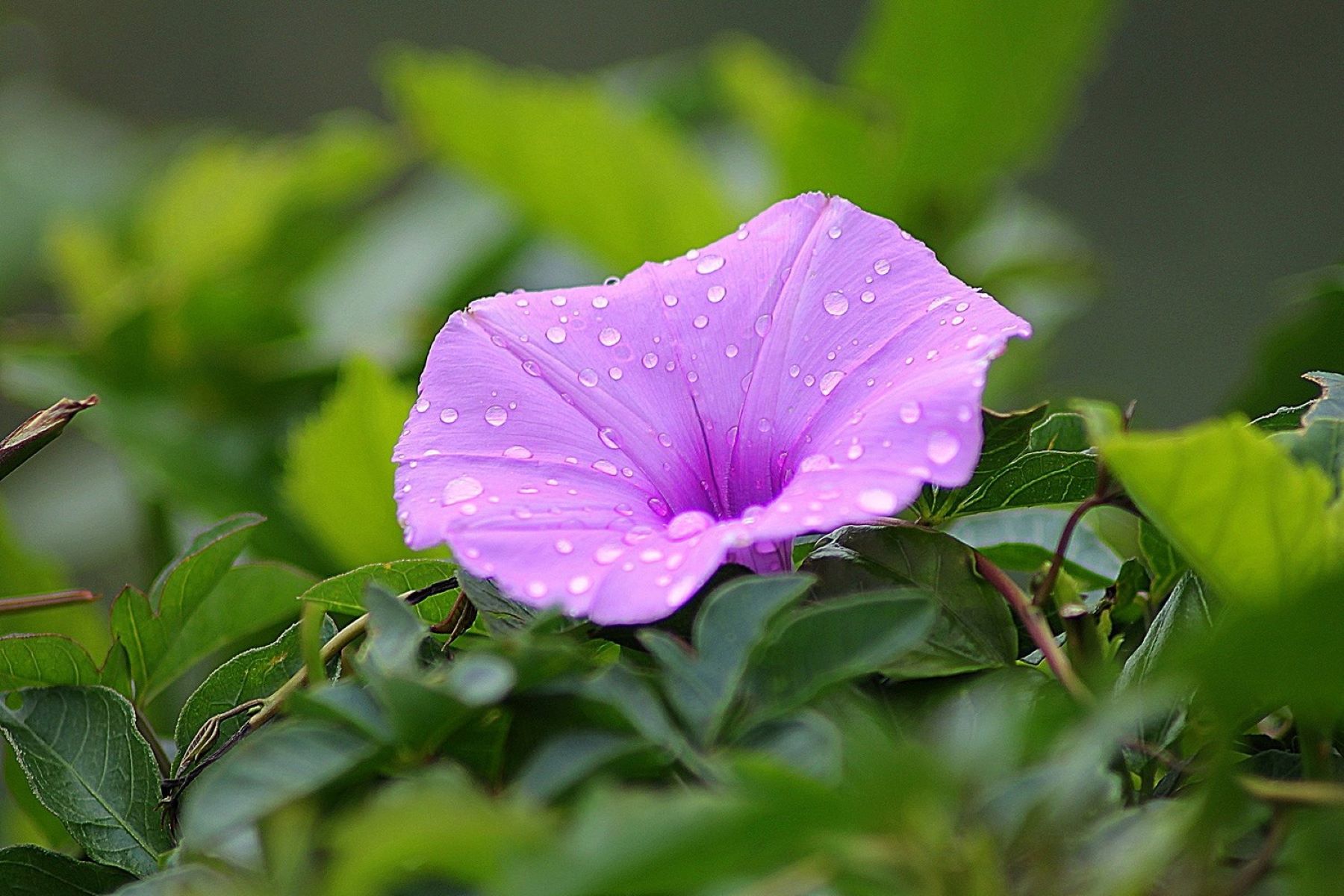
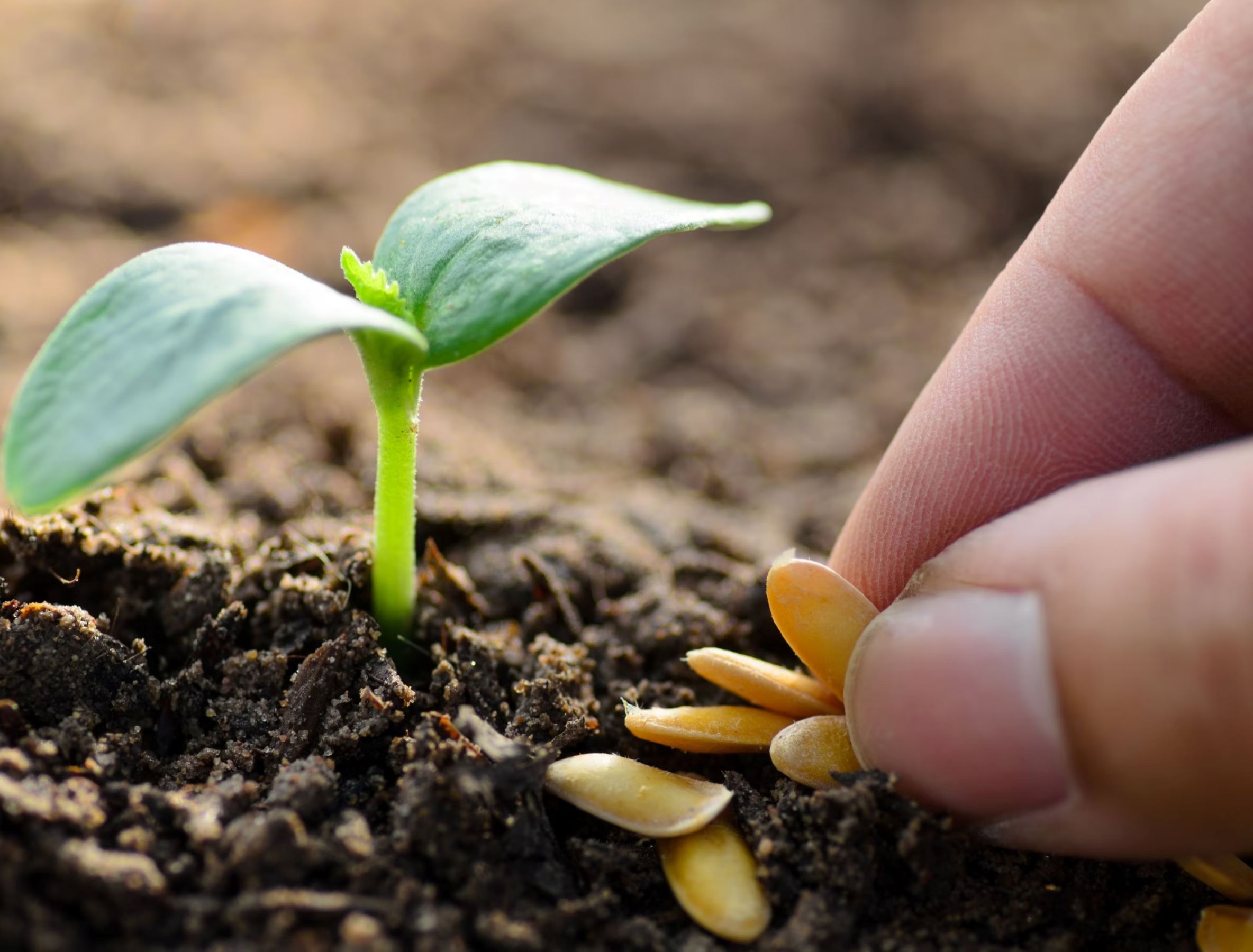
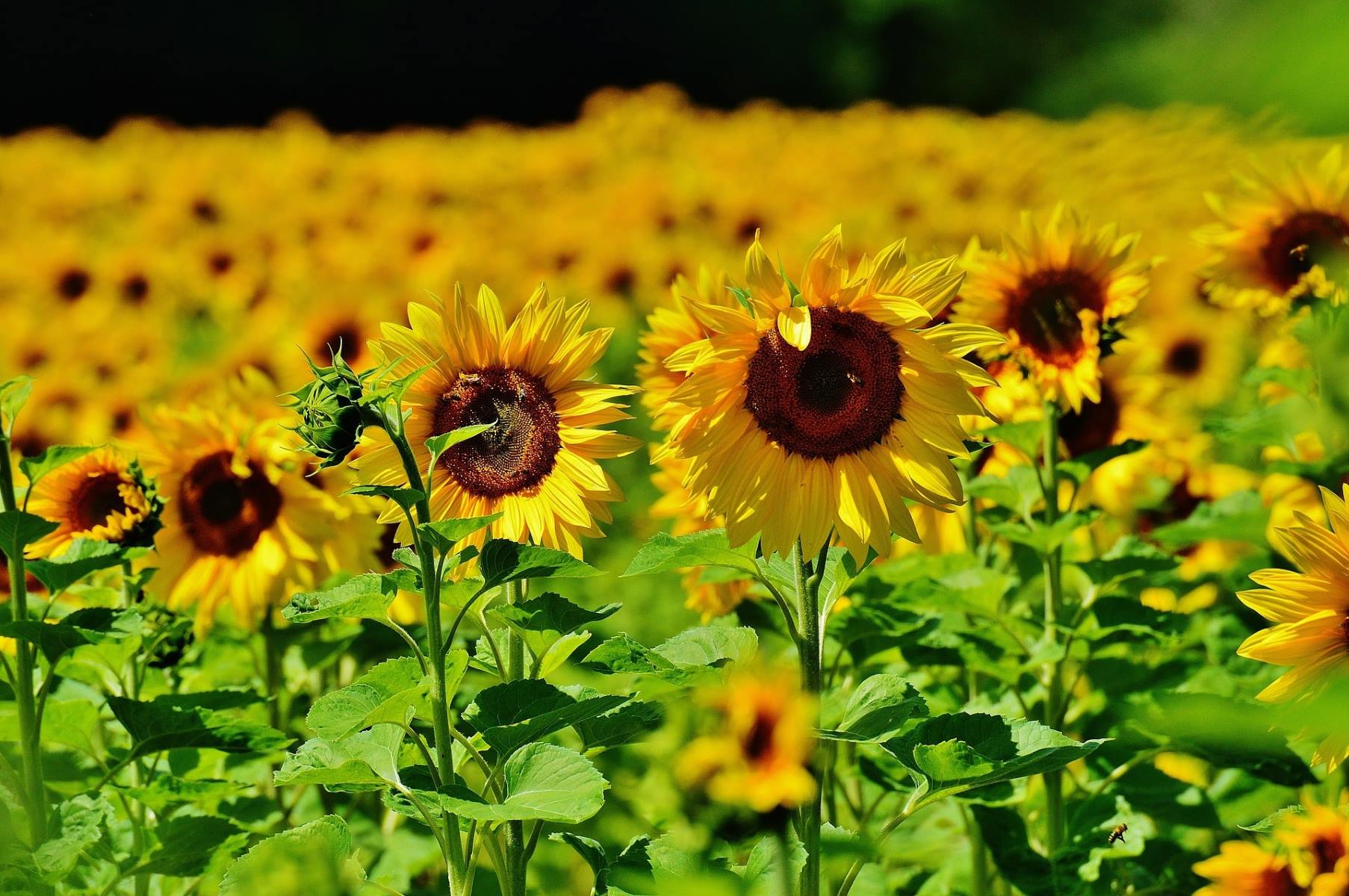
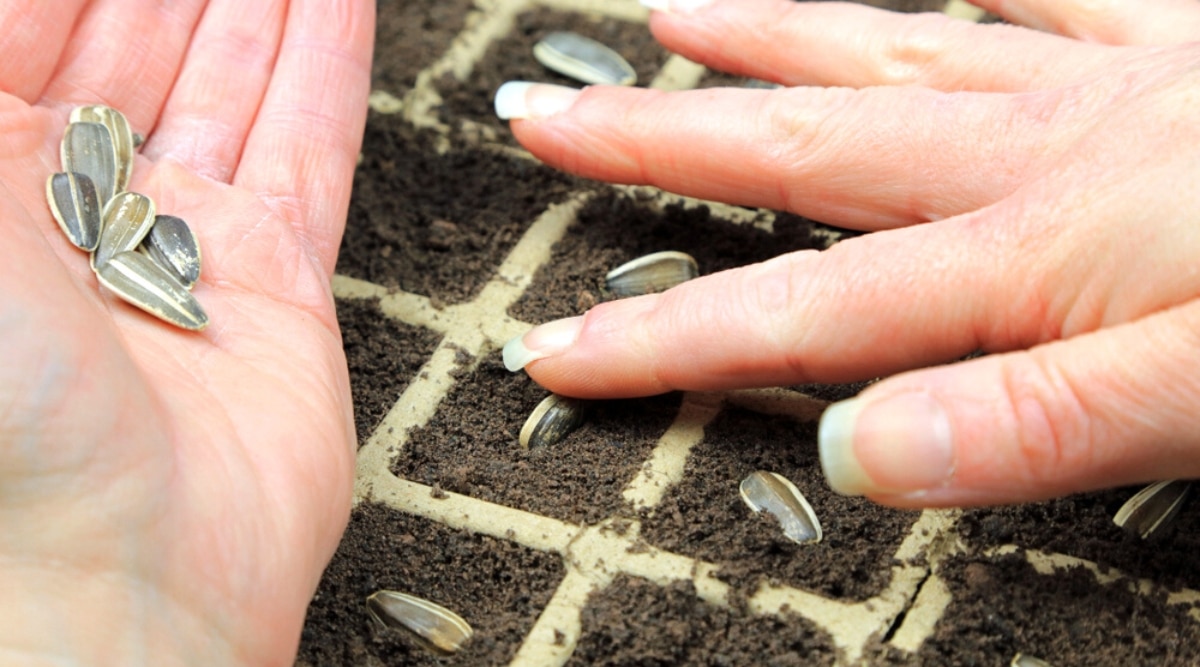

0 thoughts on “How Deep Should You Plant Sunflower Seeds”